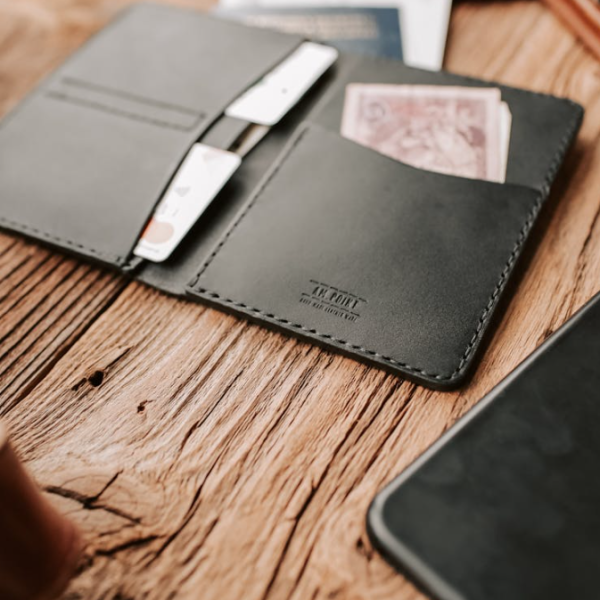As we get older, it can be harder to rely on others for safety. Luckily, technology has improved a lot in recent years, offering solutions for seniors living alone.
Many apps and gadgets are designed to enhance personal safety and simplify daily life. Knowing about these options is important, but many seniors aren’t aware of them until it’s too late. Setting up these tools before you think you need them is best.
Daily Check-Ins
For seniors who live alone, it’s important to have a way to check in regularly for peace of mind. That’s where Snug Safety comes in.
Snug is an app that makes daily check-ins simple. All you have to do is tap a big green button. When you do, you’ll hear a motivational quote, and you’ll be marked as okay for the day.
If you forget to tap the button, the app will send a message to someone you trust, so they can check in with you to make sure everything’s alright.
Fall Detectors
One big worry about living alone is the chance of falling. If you fall and can’t get up, you’ll need to call for help somehow. Luckily, there are more options now to help with this.
The Apple Watch Series 4 and newer models have fall detection. But to use it, you need to have an iPhone too. When the watch detects a hard fall, it buzzes your wrist, sounds an alarm, and shows a warning. You can choose to call emergency services or ignore the warning. If you don’t move for a minute after the fall, the watch will call emergency services automatically.
Another choice is the “FallSafety Home” app. It detects falls and sends alerts for help. You can use it with a smartphone or an Apple Watch. The app is free if you have only one emergency contact. But if you have more, you must pay for the app.
I suggest having a digital assistant or a smart speaker if you live alone. With devices like Google Home or Amazon Echo, you can use your voice to get help. You can send a text to a family member or call emergency services easily. It’s a good idea to have multiple speakers in different rooms, in case you fall far from one.
There are also medical alert services available in some places. They give you a pendant or bracelet that you can use to call for help if you have an emergency. But remember, these systems only work if you’re wearing the device. Make sure to think about how you’d get help if you don’t have the pendant with you.
Video Doorbells
Smart home doorbells are a helpful invention for people who live alone. They let you see who’s at the door using your phone, so you can decide if you want to answer or not.
You can use the doorbell app on your phone even if you’re not at home. You just need a good Wi-Fi connection to the doorbell.
Built-In Smartphone Safety Features
Smartphones come with safety features that can be helpful, especially for seniors.
There’s a feature called “Medical ID” on iPhones, while Android phones have Emergency info. These act like virtual medical bracelets, providing emergency responders with important health and contact details even if the phone is locked.
SOS mode lets you alert authorities when you can’t call them yourself.
It’s important to set up and learn how to use these tools before you need them, not when you’re already in trouble.
Don’t feel overwhelmed by these apps and devices. Practice using them regularly so you’ll know what to do in an emergency.
Make sure you have multiple solutions that suit your needs and that you know how to use them. Having lots of apps or devices won’t help if you don’t know how to use them.





